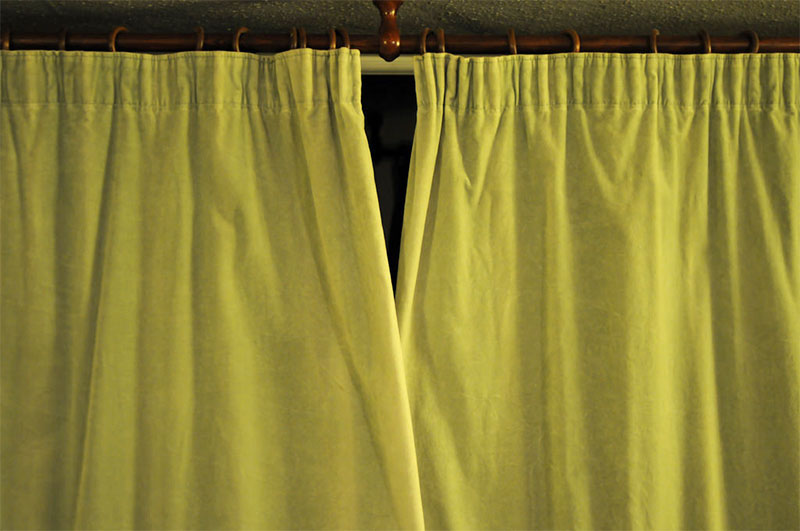
When the seasons change and the heater or the air conditioner kicks on, most people are used to seeing a jump in their utility bills. But the jump doesn’t need to be so drastic if you spend your time making sure that your home is as energy-efficient as possible. Here are some of the easiest and most common ways to protect your home from energy loss.
Weather Stripping
Most energy loss in a house comes from gaps in the seams of connected parts in the frame. This especially means windows and doors, which are hard to seal all the way during construction. If you find that your windows and doors are breezy and inclement, odds are that these seams are the culprit. A quick round of weather stripping can help solve that. Window stripping is material installed inside the frame of the window or door to block airflow to the outside and prevent energy loss. Most weather stripping comes in kits that are easy to install for even the most casual of home repair hobbyists
Fix Cracks
There are limits to what window stripping can do. Cracks and holes in your house’s outward facing surfaces let the elements in while simultaneously weakening the frame ever so slightly. Thankfully, most cracks and holes are relatively minor and can be fixed with the application of substances like caulk or squirt foam. Walk the outside perimeter of your house on a seasonable day, and note down all the problem areas. Once you’ve done that, consult a guide for more information on what kinds of sealants work best for what kinds of problems.
Cover Windows
Image via Flickr by sk8geek
Even when properly sealed, windows can be a major source of energy loss. The glass transfers heat energy more easily than some of the other materials in your home, and very little can be done to change that outside of spending a lot of money on home renovation. Instead, you’ll want to add treatments like heavy curtains on top of the windows to help with insulation. Once you have the curtains installed, you can open them during the off hours to let heat or cool air in, and close them at the most extreme temperatures of the day.
Insulate
If you are really ambitious, you can try to beef up your home’s insulation. The problem with insulation, of course, is that it sits behind the walls, and therefore is not especially practical to install in most rooms of the house. However, if you have an attic or other inside roof access, that is a different story. Many attics are totally or partially unfinished, which means easy access to the frame for the purposes of insulation installation. You’ll want to consult a longer guide for help both with picking out the materials for your project and for directions on how to complete it.
Reducing energy loss not only saves money, but helps reduce your impact on the environment too. So preparing your home to fight energy loss is not only financially sound, but is also the right thing to do.

